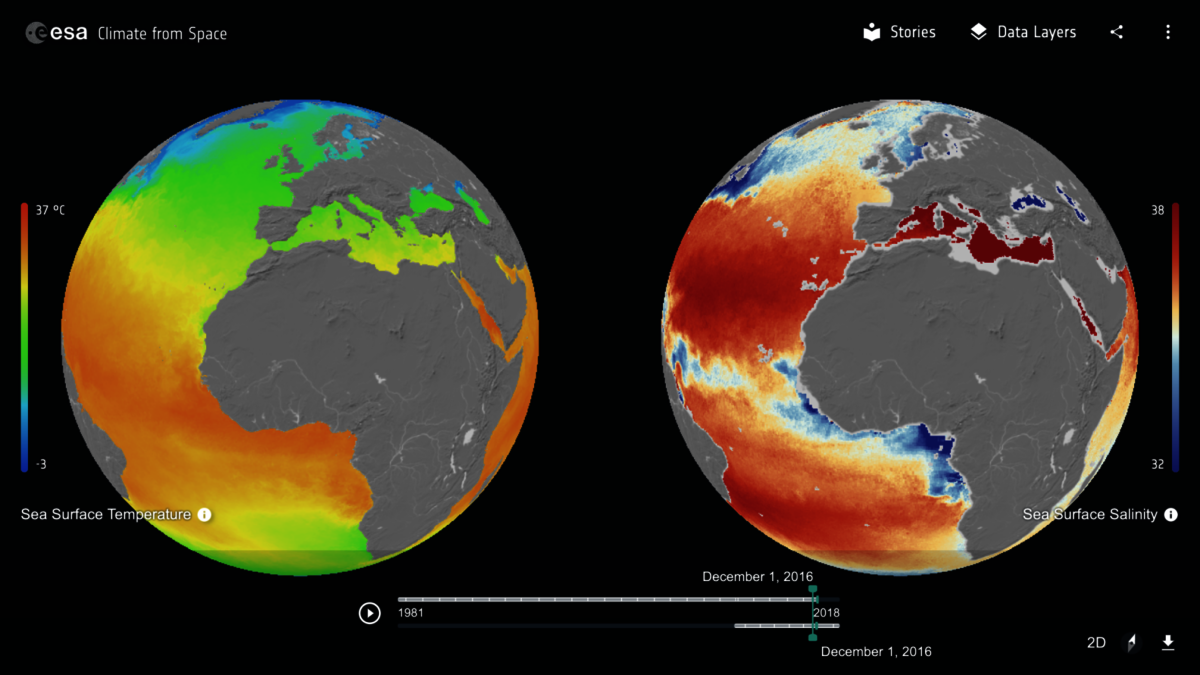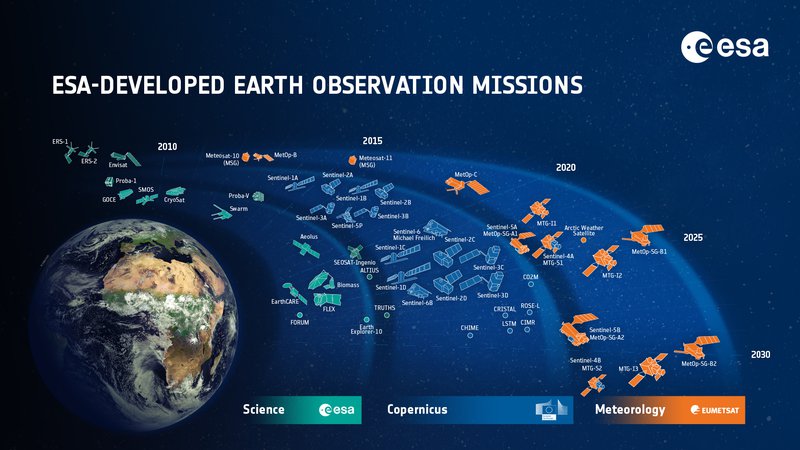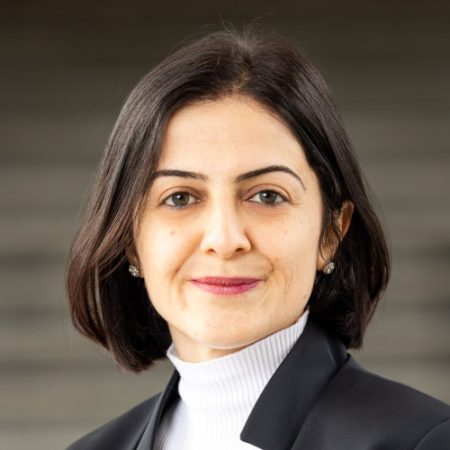AGORAEO: ONE PLATFORM INTEGRATES DATA FROM ALL OVER THE WORLD
Environmental reports on the dramatic retreat of the Arctic ice sheet, the ongoing deforestation of rain forests or the spread of forest fires are mostly based on the data analysis of satellite images. The analysis of large amounts of Earth Observation (EO) data plays a crucial role in understanding and quantifying climate change.

“The efficient use of these data makes it possible to monitor and predict the effects of climate change on a global scale with unprecedented reliability,” explains Prof. Dr. Begüm Demir, head of the Big Data Analytics for Earth Observation research group at the Berlin Institute for the Foundations of Learning and Data (BIFOLD) and professor of Remote Sensing Image Analysis at TU Berlin. Advances in satellite systems have massively increased the amount and the variety massively increased the amount and the variety as well as the spatial and spectral resolution of EO data. “Nowadays we possess huge EO data archives. The Sentinel satellites in the Copernicus program alone – Europe’s flagship EO satellite initiative – provide us with about 12 terabytes of satellite images per day,” says Begüm Demir.

The problem: There is no single platform that connects the different datasets of interest from all over the world intelligently. All existing analysis platforms rely on heterogeneous technologies with different interfaces and data formats, which prevents cross-platform use. For example, it is nearly impossible to apply an analytics procedure developed on one platform to another. “It’s like using Word on a PC without a Windows environment – meaning you have to instruct each computing operation individually. This ‘lock-in effect’ hinders innovation and thus the efficient use of the collected data for climate protection,” describes Dr. Jorge Quiané-Ruiz, head of the Big Data Systems research group at BIFOLD.
Overcoming these limitations in the use of EO data sets is the common goal of Begüm Demir and Jorge Quiané-Ruiz. Their project: AgoraEO: a universal Earth Observation ecosystem infrastructure for sharing, finding, assembling, and running datasets, algorithms, and other tools. While Begüm Demir brings expertise on remote sensing data processing and analysis, Jorge Quiané-Ruiz is an expert in data processing and data management. He develops the Agora infrastructure, a more general-purpose ecosystem for data science and AI innovation, on which AgoraEO is partially based on.
AgoraEO’s innovative infrastructure allows all interested parties to contribute both EO data as well as technologies without having to upload them to a common server. “Our goal is to create an infrastructure that enables federated analysis across different platforms, making modern Earth observation technology accessible to all scientists and society, thus promoting climate change innovation worldwide,” sais Jorge Quiané-Ruiz.
*This article appeared for the first time on 31.07.2021 in the supplement “Climate Research” of Der Tagesspiegel, Berlin.
More information is available at: https://www.tu.berlin/en/themen/special-supplement-in-der-tagesspiegel-july-2021/
For more technical insights into the research in the Agora project, visit their blog on Medium: https://medium.com/the-research-behind-agora
PUBLICATION:
Authors: Arne de Wall, Björn Deiseroth, Eleni Tzirita Zacharatou, Jorge-Arnulfo Quiané-Ruiz, Begüm Demir, Volker Markl
Abstract:
Today, interoperability among EO exploitation platforms is almost inexistent as most of them rely on a heterogeneous set of technologies with varying interfaces and data formats. Thus, it is crucial to enable cross-platform (federated) analytics to make EO technology easily accessible to everyone. We envision AgoraEO, an EO ecosystem for sharing, finding, composing, and executing EO assets, such as datasets, algorithms, and tools. Making AgoraEO a reality is challenging for several reasons, the main ones being that the ecosystem must provide interactive response times and operate seamlessly over multiple exploitation platforms. In this paper, we discuss the different challenges that AgoraEO poses as well as our ideas to tackle them. We believe that having an open, unified EO ecosystem would foster innovation and boost EOdata literacy for the entire population.
Authors: Arne de Wall, Björn Deiseroth, Eleni Tzirita Zacharatou, Jorge-Arnulfo Quiané-Ruiz, Begüm Demir, Volker Markl
Abstract:
Today, interoperability among EO exploitation platforms is almost inexistent as most of them rely on a heterogeneous set of technologies with varying interfaces and data formats. Thus, it is crucial to enable cross-platform (federated) analytics to make EO technology easily accessible to everyone. We envision AgoraEO, an EO ecosystem for sharing, finding, composing, and executing EO assets, such as datasets, algorithms, and tools. Making AgoraEO a reality is challenging for several reasons, the main ones being that the ecosystem must provide interactive response times and operate seamlessly over multiple exploitation platforms. In this paper, we discuss the different challenges that AgoraEO poses as well as our ideas to tackle them. We believe that having an open, unified EO ecosystem would foster innovation and boost EOdata literacy for the entire population.


